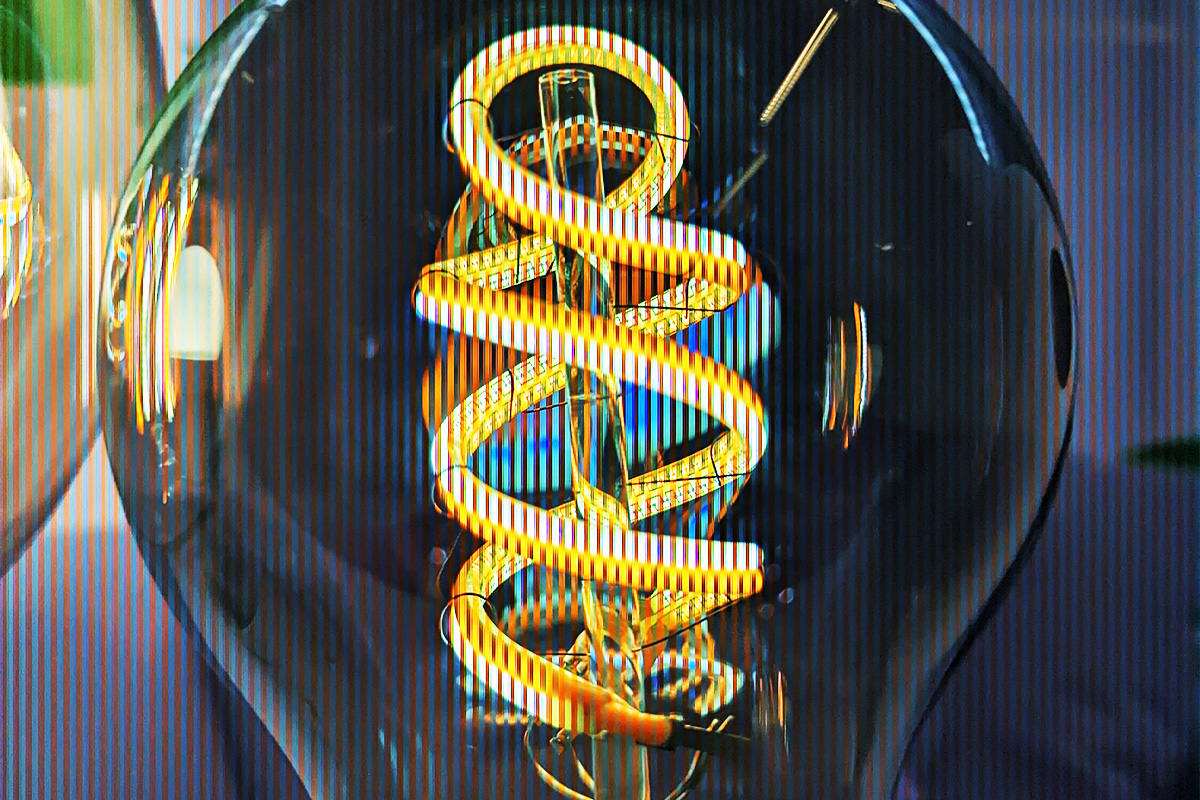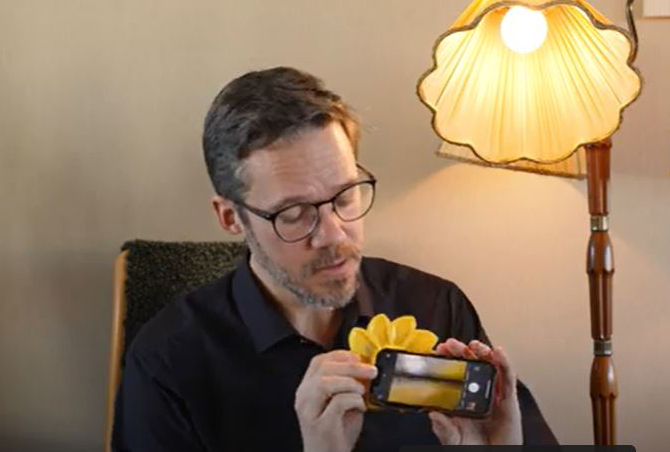New report to help reduce flicker from LED lighting
LED technology is often mentioned for its advantages – being energy efficient, long life time and the fact that the technology can be controlled in various ways. LED lamps’ ability to produce flicker is not mentioned as often. One reason for this is a lack of knowledge about how to measure the phenomenon and its health effects. That is something that light researchers at Lund University’s Faculty of Engineering (LTH) want to change, and they are now presenting a series of reports about flicker.
Jessika Sellergren – Publicerad den 27 March 2023

When light intensity varies over time, effects visible to the naked eye arise – as well as those that we cannot see. At worst, these variations in light intensity can impact health negatively, above all by causing headaches or migraines.
Limits for flickering from lighting
In 2021, the EU approved limits for how much flicker and stroboscopic effect is permitted from LED lamps. These standards are hard for the lighting industry to live up to, however, not least because the standards are not clear.
In order to increase understanding of flicker and its effect on people, a series of reports on LED technology and the measurement of flicker have now been published. They also provide guidance on how the new guidelines can be followed and how a transition to sustainable technology can become a reality. The reports are based on results from the research project “Flicker Explained,” which has been conducted by LTH and Danmarks Tekniske Universitet, with funding from the Swedish Energy Agency.
Johannes Lindén, physicist and light researcher at LTH, is one of those behind the reports. He says:
“In this project, we highlight several misunderstandings and points of confusion when it comes to flicker and what measurements and terms are to be used. In the reports we attempt to explain so that the information is comprehensible for both the lighting industry and consumers. It is pretty tricky for everyone, after all.”
Some affected more than others
Researchers within the project are pleased with the EU’s restrictions, but a challenge that they identify and raise in the reports is that the guidelines only apply to visible effects of variations in light.
“This means that in practice the guidelines miss the neurological complaints that occur as a result of the non-visible effects of variation in light – such as headaches and concentration difficulties,” says Johannes Lindén.
He argues that some indications suggest that certain people are more affected by variations in light intensity that cannot be seen with the naked eye.
“Those non-visible variations are insidious – they might cause some people to be negatively affected in certain environments without them realising that lighting is the cause.”
Johannes Lindén and his researcher colleagues hope that awareness of flicker and other consequences of light intensity variation will increase, and that the communication between industry and research will be made easier in future.
“In the 1980s and 1990s, fluorescent tubes were the source of problems with flickering. Now, there is a need to look at LED-based lighting technology. Through increased dialogue between the lighting industry and academia, the ongoing research into flicker can focus on the things that we need to know more about,” says Johannes Lindén.
Reports about flicker
- Are you interested in flickering in general, and would like to find out more? Read Flicker – a technological overview
- If you work in the lighting industry, there is a guide written with you in mind: Flicker explained – guide to IEC 61547 for the lighting industry
- If you would like to get a better understanding of flicker, read the research report Flicker explained

Video: Find out about flicker
Johannes Lindén explains in the video Find out about flicker – YouTube (in Swedish with English subtitles)
More about flicker
Johannes Lindén’s advice:
- A simple way to get an indication of whether a LED lamp is causing flicker is to point your mobile phone’s camera at the light source. If some kind of striped pattern appears on the screen, it may be a sign that the lamp is a source of flicker. The camera should be held as closely as possible to the light source, but even then it is not certain that the striped pattern appears, even though the light may be causing flicker.
- Another way is waving a pen in the light from a lamp. If it looks like several pens, this may be a sign that the lamp is a source of flicker.
- With the help of the QR code on the lamp’s packaging, you can read about the flicker limits according to the new EU rules. The “Flicker metric” must not exceed 1.0, and the value for ”Stroboscopic effect metric” must not exceed 0.9. In 2024, the rules are to be tightened further; the limit for stroboscopic effects will not then be allowed to exceed 0.4.
- Look out for dimmer switches. It is common for flickering to start when the lighting is dimmed, even if it is a LED compatible dimmer or universal dimmer. Demand that your light is flicker-free even when dimmed.

